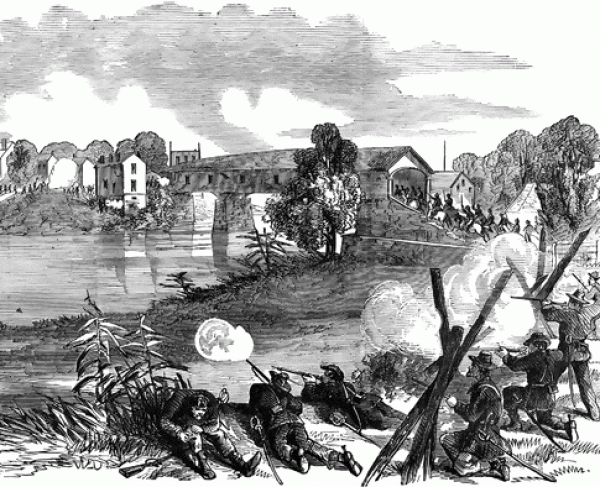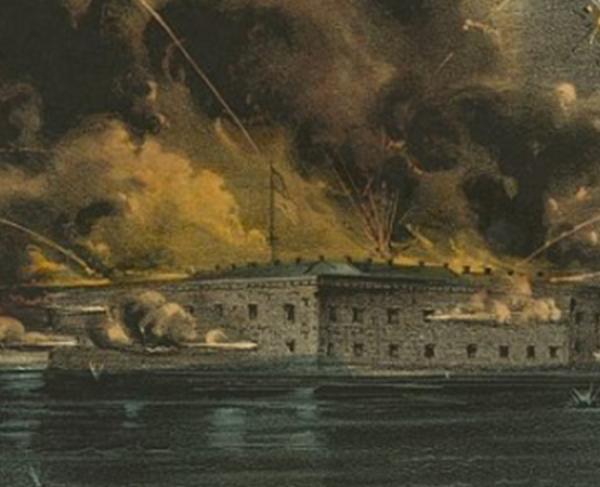Early River Operations
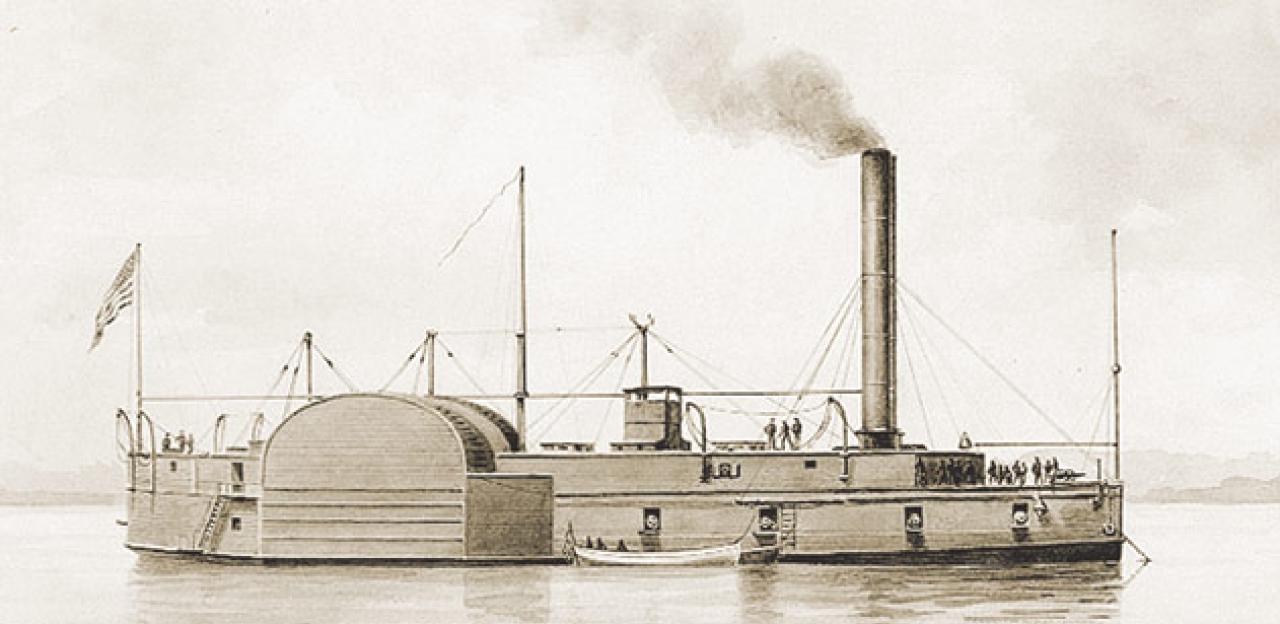
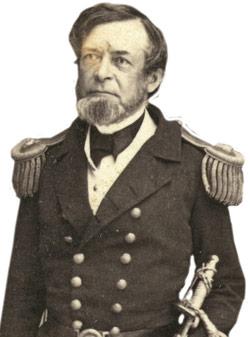
As naval operations on the rivers began, they found an eager army counterpart in Brig. Gen. Ulysses Grant, who cooperated willingly with Foote and his short-time predecessor Cmdr. John Rodgers. On August 22, 1861, the USS Lexington captured a steamer at Paducah, Ky., at the confluence of the Ohio and Tennessee Rivers, turning it over to the Army. When reports indicated that Confederate forces were threatening the city and the Union’s base at Cairo, Ill., Grant captured Paducah on September 6, with naval assistance. Throughout the autumn, the Conestoga patrolled the Tennessee, Ohio and Cumberland Rivers, providing valuable intelligence about Confederate activities, including, on October 20, early reports of construction on a defensive position near Dover, Tenn. — the beginnings of Fort Donelson.
Meanwhile, the Tyler and Lexington patrolled the Mississippi below Cairo, observing the build-up of Southern forces, numbering some 10,000 troops, at Columbus, Ky. On November 1, 1861, Maj. Gen. John Fremont ordered Grant and Brig. Gen. Charles F. Smith to drive the Southerners out of southeastern Missouri and cut off possible reinforcements. Early on November, 7, escorted by the two gunboats, Grant landed about three miles above Belmont, Mo., out of range of the guns in the Confederate camps. Although Grant drove his opponents from their camp, his own green troops soon fell to looting, and he put the camp to the torch to regain control. Meanwhile Confederate reinforcements arrived, attempting to cut Grant off from his transports, while the gunboats had moved south to bombard the Confederate camps. Grant, however, was able to re-board his troops before the Southerners massed in strength, as the gunboats closed to break up their attack and remove stragglers, demonstrating a variety of strategic uses.
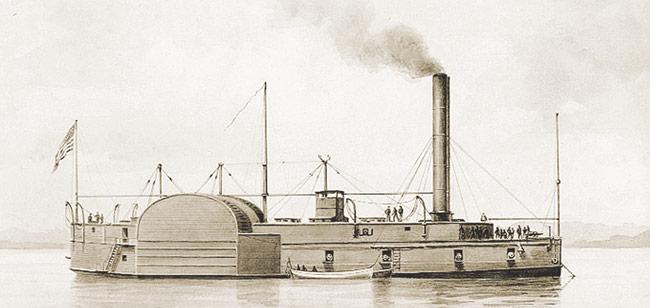
Related Battles
2,691
13,846
